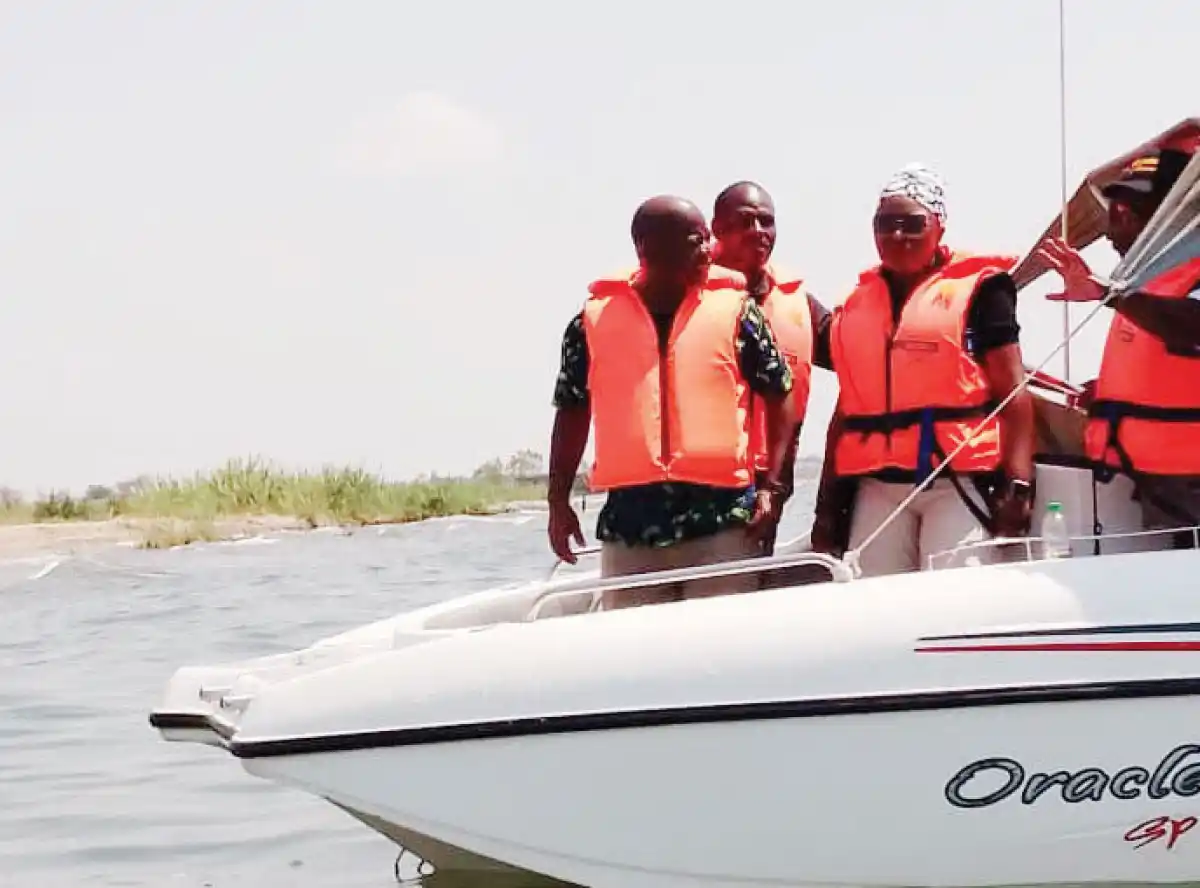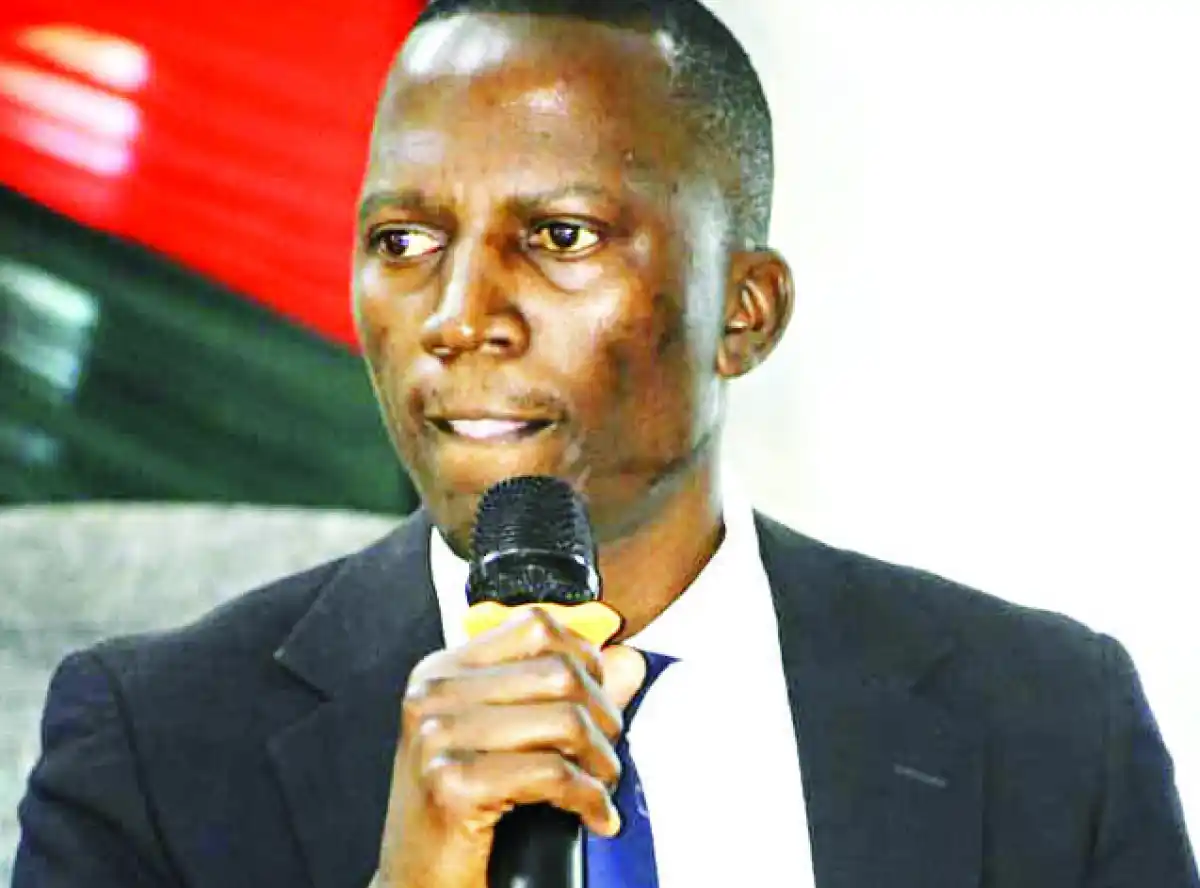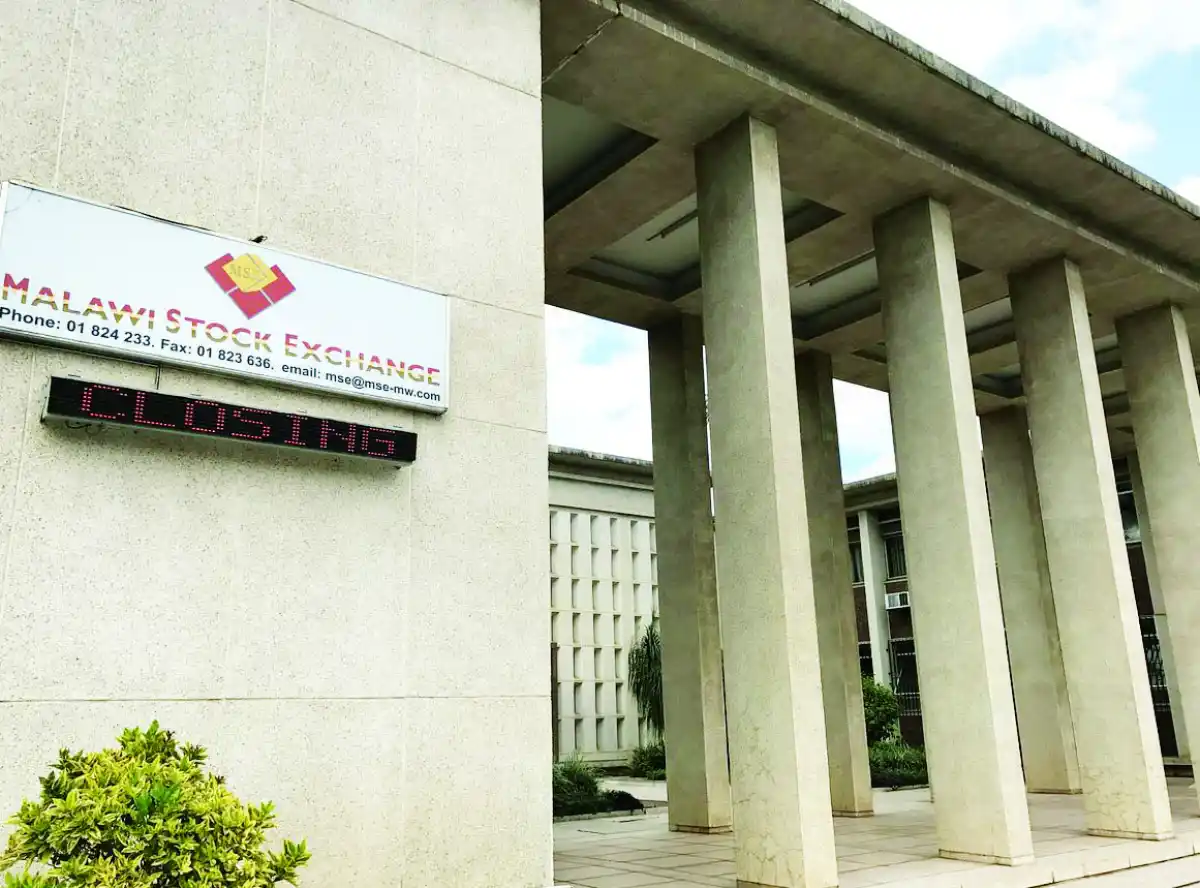

By Chimwemwe Misomali:
Nestled in southeastern Africa, Malawi is a captivating destination, known for its stunning landscapes and welcoming people.
The country’s array of tourist attractions continues to draw visitors from around the globe.
According to recent data from the Ministry of Tourism, the number of international tourists to Malawi surged to 431,999 in 2021, a significant jump of 117.2 percent from 198,905 in 2020.
The majority were from Zambia, Mozambique, Tanzania, Germany and the United Kingdom.
While international tourists play a crucial role in Malawi’s tourism industry, many Malawians seldom visit the tourism destinations.
Local insights reveal a range of barriers including high rates, coupled with low levels of disposable income.
Ruth Mwafulirwa, an ICT centre employee in Blantyre, expressed interest in exploring sites such as Cape Maclear, Likoma Island, Majete Wildlife Reserve and Sengabay.
However, she highlighted that the costs associated with visiting these destinations are a barrier.
“It would be beneficial if these attractions targeted local advertising. It seems international tourists are more aware of these destinations than we are, even though we are the primary audience,” she says.
Isaiah Mbolembole, a second-hand clothes trader, also from Blantyre, emphasises the need for affordability and accessibility.
He notes that activities at game reserves, lakes and national parks often require significant amounts of money, which many Malawians find out of reach.
“The tourism industry could see greater local engagement if transportation and pricing were more inclusive,” Mbolembole remarked.
But recent figures from World Travel and Tourism Council of Malawi show that last year alone, domestic tourism generated K632 billion, about 18 percent higher than the K651 billion generated in 2019.
And it is poised to grow further if necessary interventions are deployed.
Emmanuel Kandiero, Tourism Manager at Majete Wildlife Reserve, identifies several factors contributing to low local engagement including economic constraints, limited marketing and awareness, cultural priorities and infrastructure challenges.
“Malawians often face the lowest fees on price lists, but the total cost, including transportation and accommodation, can still be prohibitive.
“For instance, the entrance fee for Majete is K8,675 per person, but when additional costs are factored in, it becomes too expensive. Many breadwinners also have to support extended families, making visits impractical,” Kandiero said.
He also pointed out that a lack of awareness about these attractions and their offerings exacerbates the issue.
“Increased advertising could help. Traditionally, Malawians have not been encouraged to engage in certain types of leisure activities, sticking instead to socialising, sports or religious events,” he said.
Kandiero observed that some locals engage in behaviours that detract from the tourism experience, such as littering and vandalism.
He says despite clear regulations, these issues persist, which lead establishments to focus more on foreign visitors,” he said.
The tourism sector’s contribution to gross domestic product is seen at 4.8 percent.
The government aspires to increase the sector’s contribution to the economy by 12 percent. And enhancing domestic tourism is one of the systematic moves towards attaining the goal.
Addressing the media recently, Minister of Tourism Vera Kamtukula said efforts are being deployed to position Malawi as a hub of tourism.
She says with the ‘tidziyamba ndi ife’ mantra, equal focus is put on promoting domestic tourism.








0 Comments